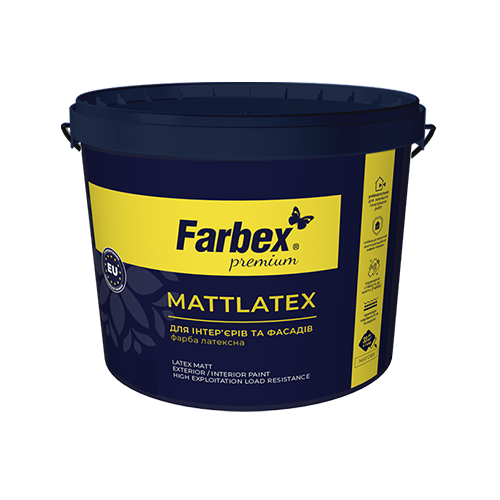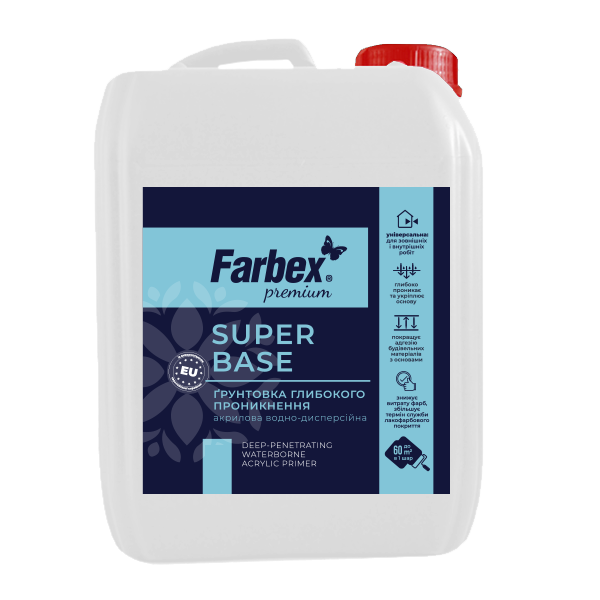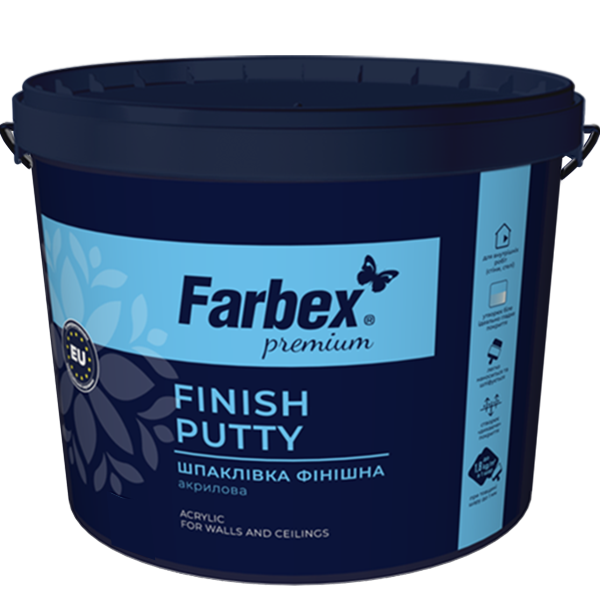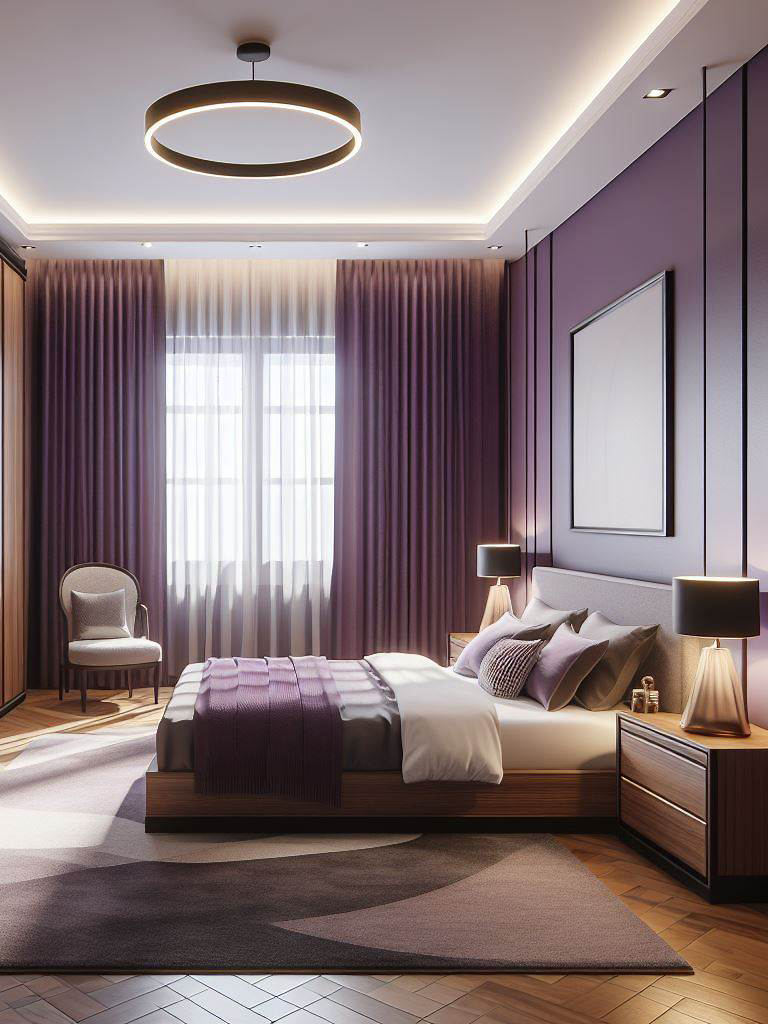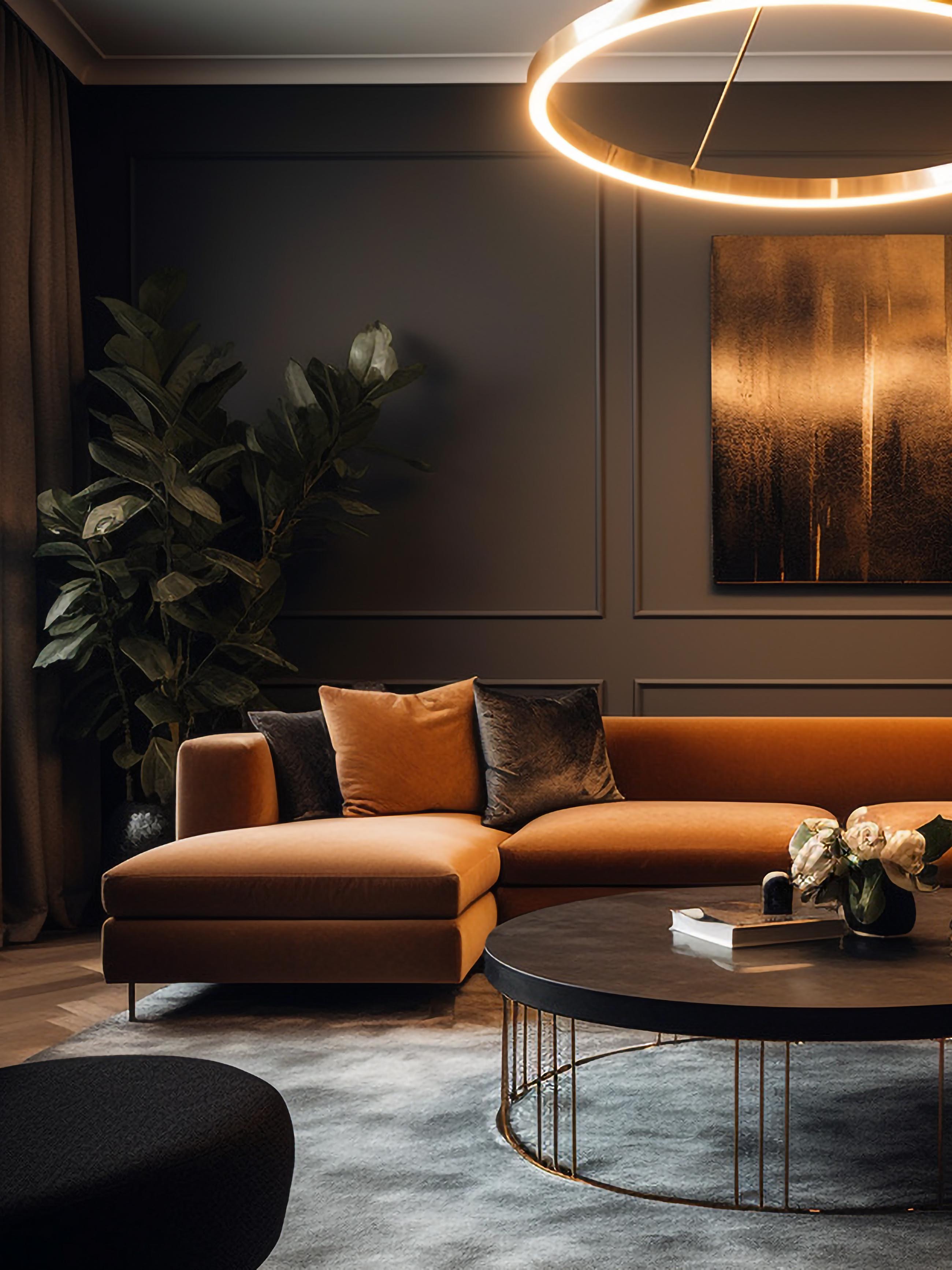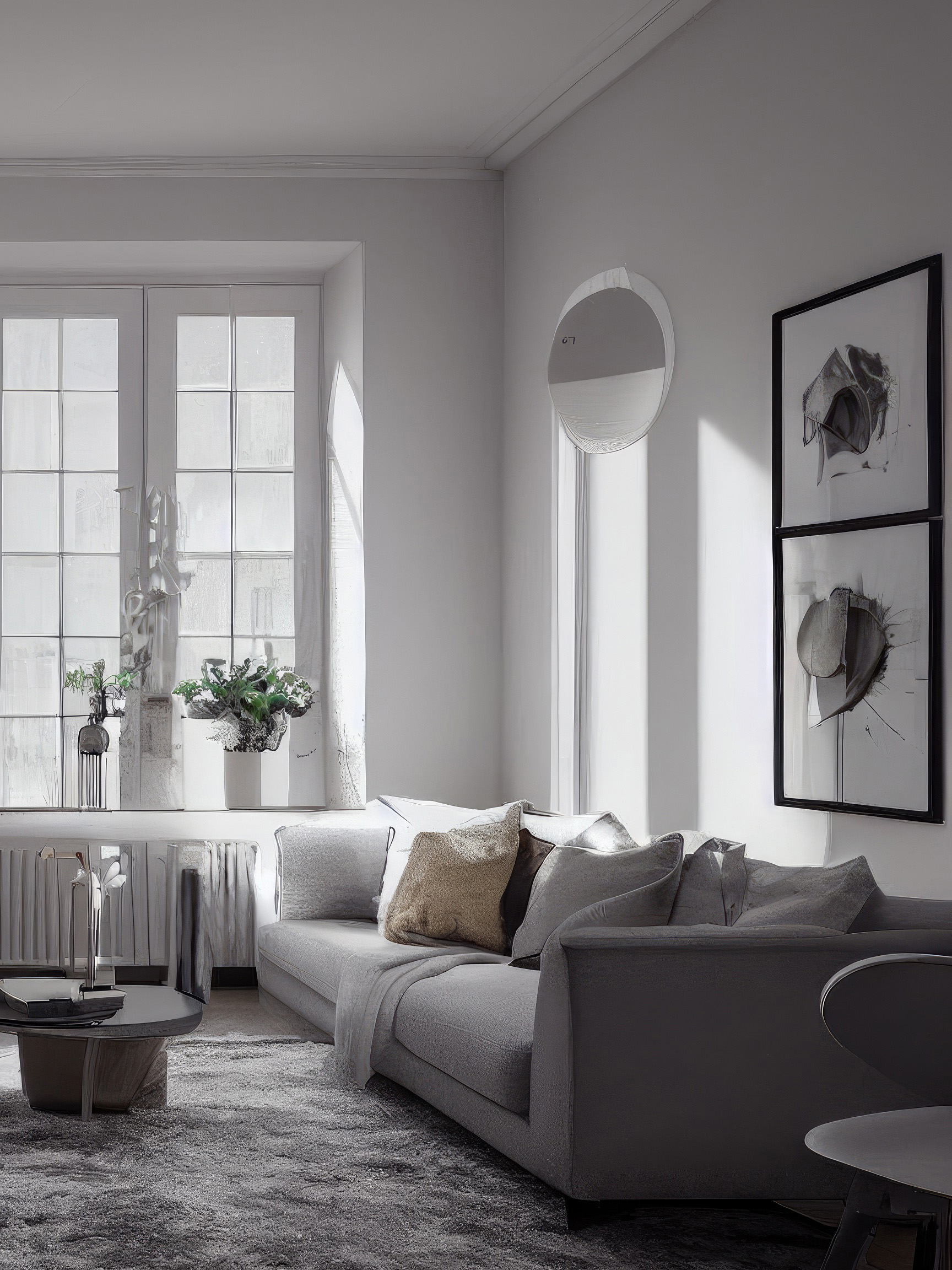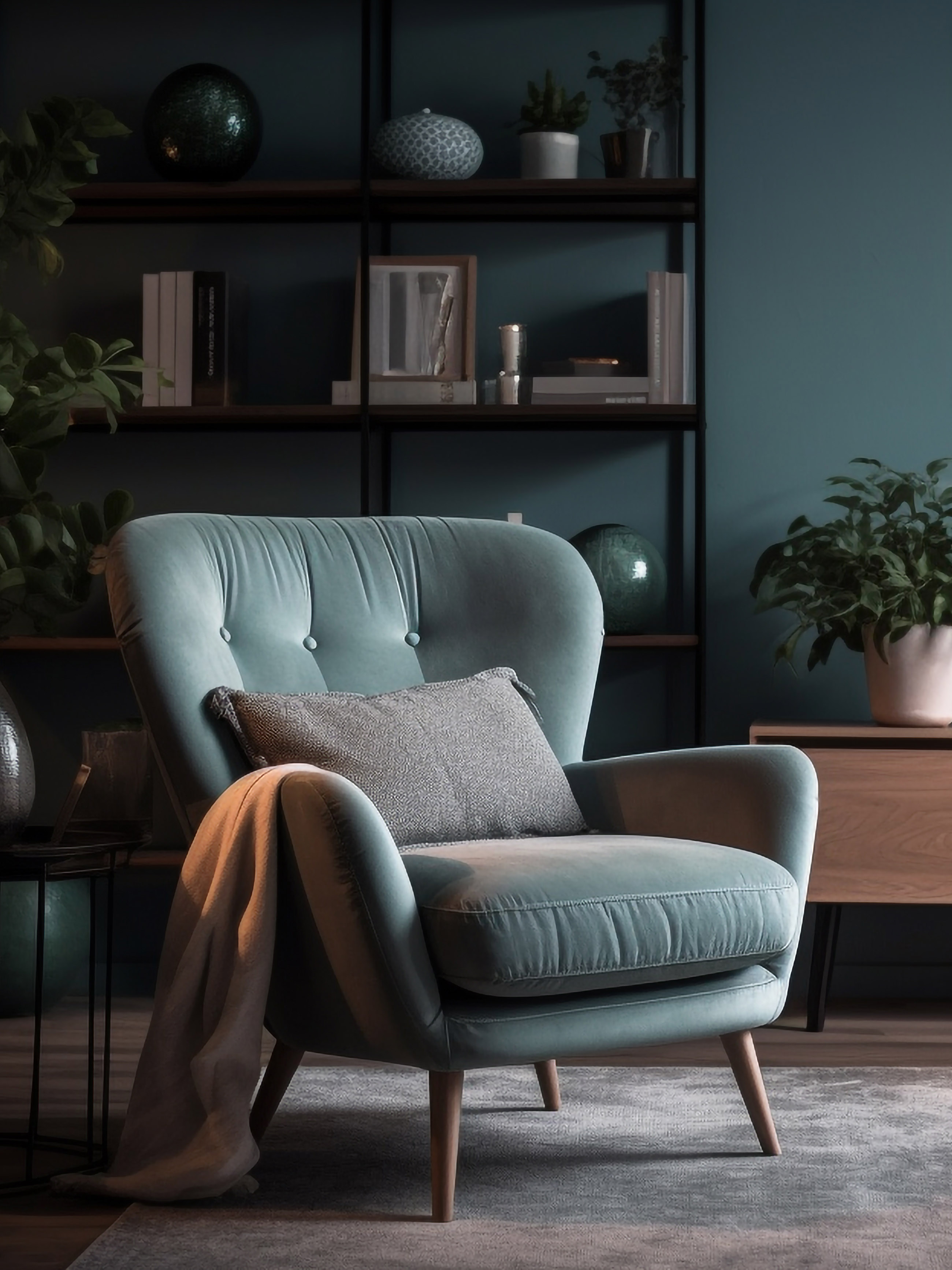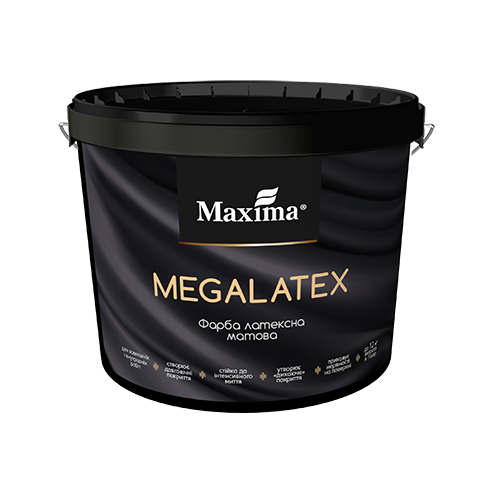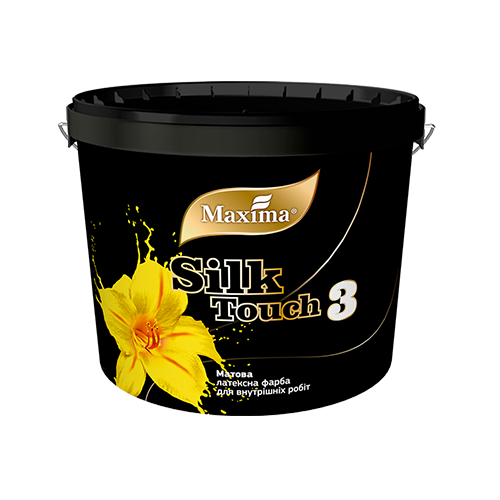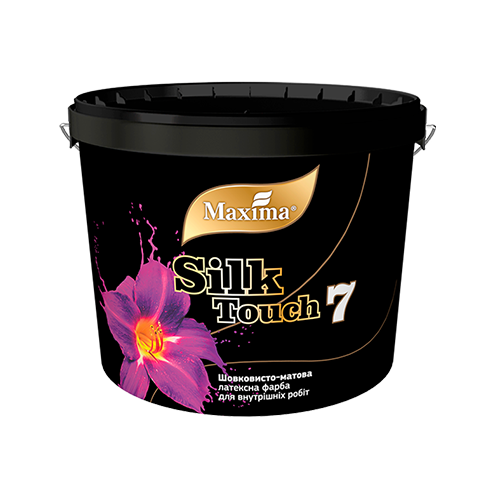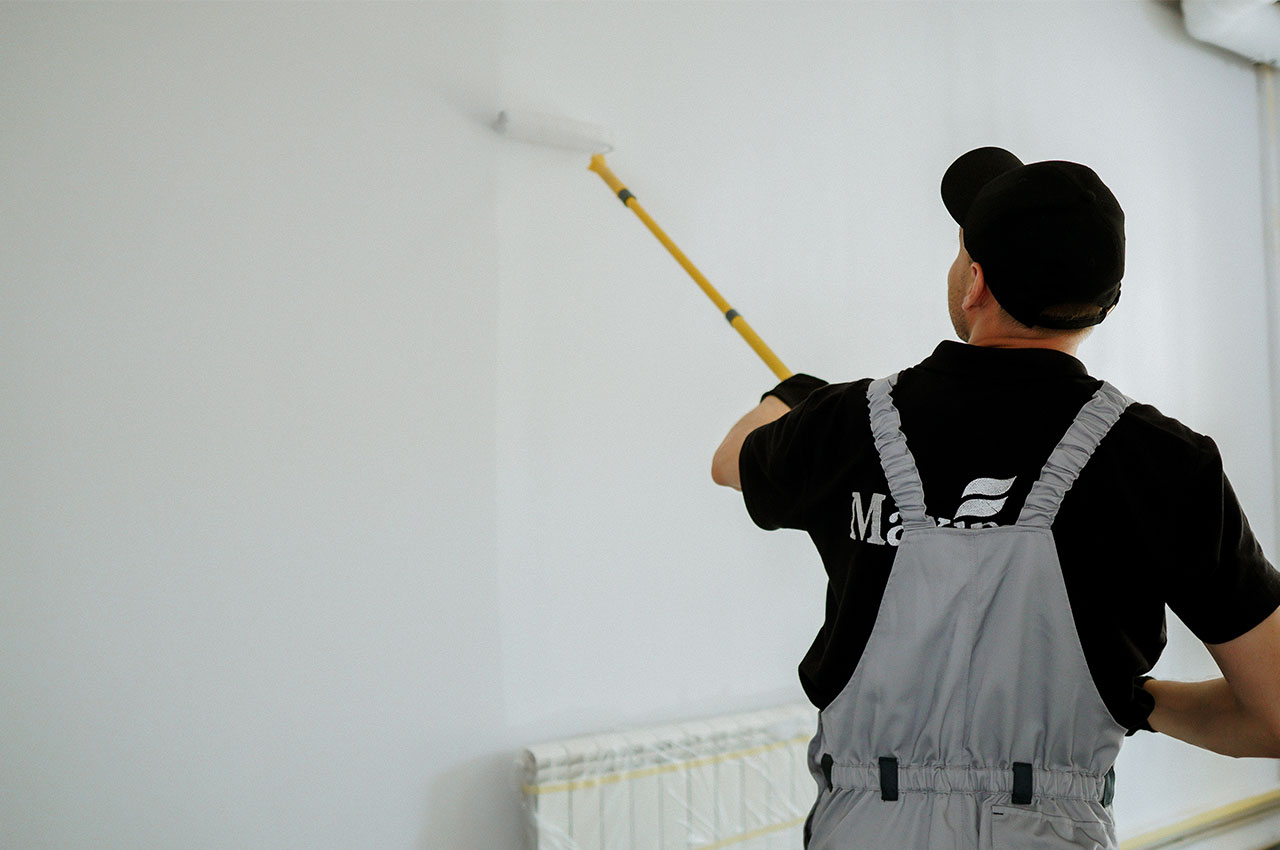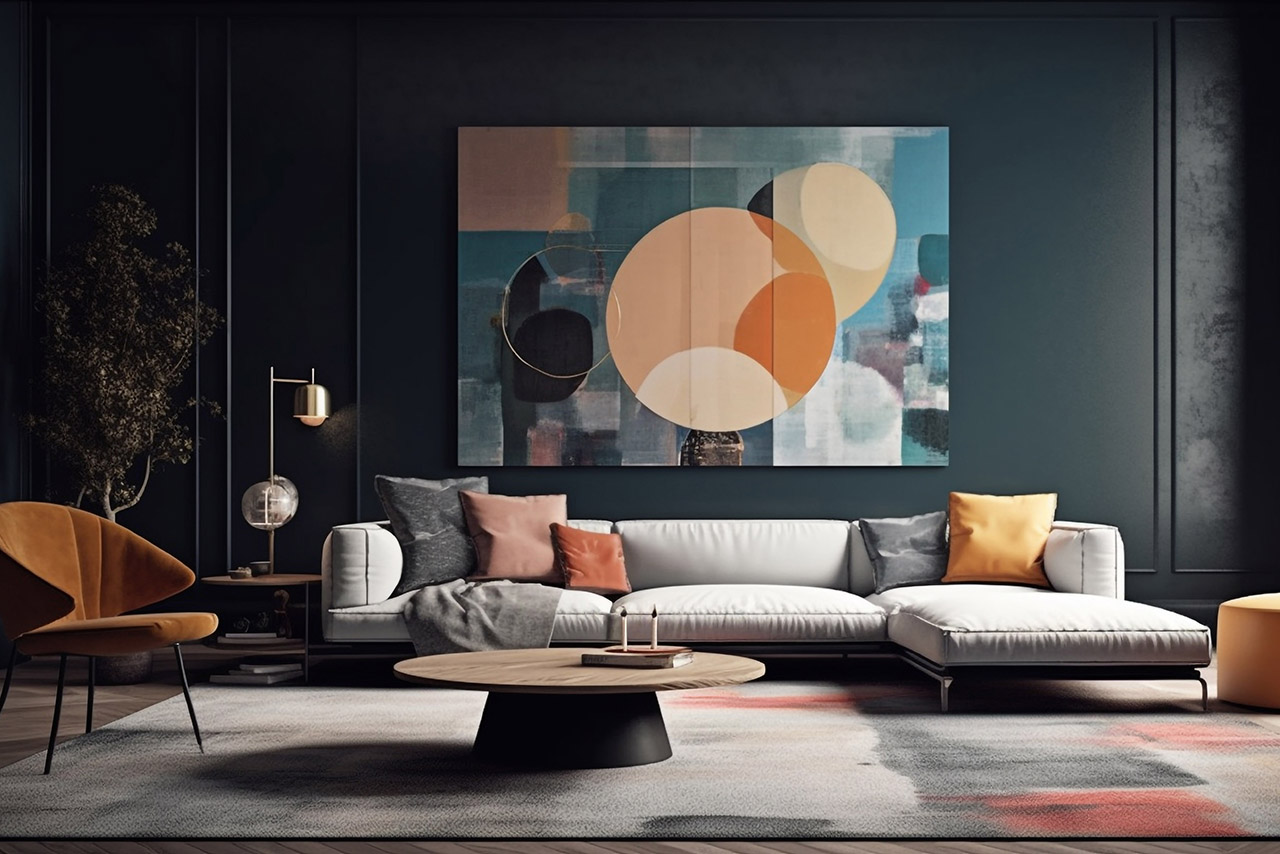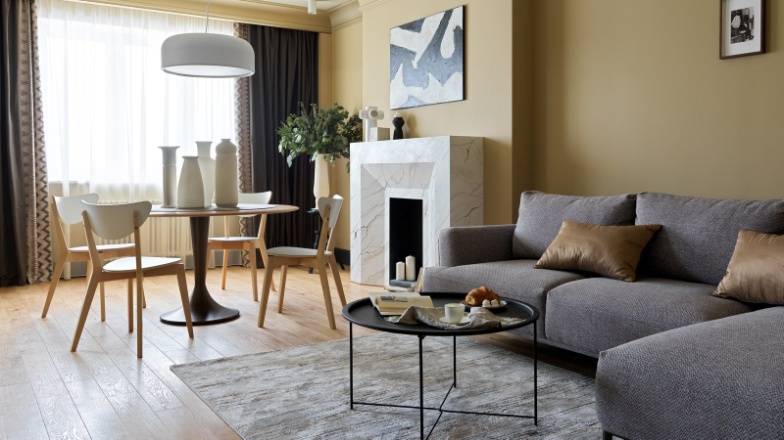Category: Latex paint
It provides increased hardness and abrasing resistance of the coated surface. It is resistant to intensive repeated washing (resistance to wet abrasion - 1st class according to DSTU EN 13300). It is resistant to weathering and moisture. It provides high surface permeability (according to DSTU EN 1062). It creates a matt finishing coat that completely allows the walls "to breathe". It effectively covers microcracks of the coated surface. It has a high application rate. It is easy to apply. It does not run and spill during application.
Nova Poshta
- Delivery to the branch office.
- Courier delivery to the specified address.
- Delivery to a parcel terminal (depending on the package dimensions of the order).
- Delivery time: 1–3 days from the date of payment (if prepayment is selected) or from the order confirmation date (if cash on delivery or cash payment is chosen), depending on your region (delivery time depends on the carrier's operation and may vary).
- The delivery cost is calculated according to the carrier's tariffs.
Courier delivery
- Courier delivery within the city (by agreement)
- Available in certain cities of Ukraine (please confirm details with the manager during order confirmation).
- Payment for courier delivery is according to the delivery service's tariffs.
Self-pickup
- After placing your order, the manager will provide further details.
- Pickup point address: Ukraine, Sumy, 6 H Kondratyeva Street
Cash
- Available for self-pickup of goods from the pickup point at: UKRAINE, Sumy, 6 H. Kondratyeva Street
- When paying for the order in cash, you will receive a receipt.
Payment on delivery
- Payment by cash or card at the delivery service office upon receiving the goods.
- Please note that when choosing this payment method, the carrier charges an additional fee for the cash on delivery service.
Online payment
- Online payment by bank card (Visa/Mastercard, Apple Pay, Google Pay)
Bank transfer (UKRAINE)
- Payment using the bank account details IBAN
- After placing your order, the manager will send you the necessary payment details and provide consultation.
